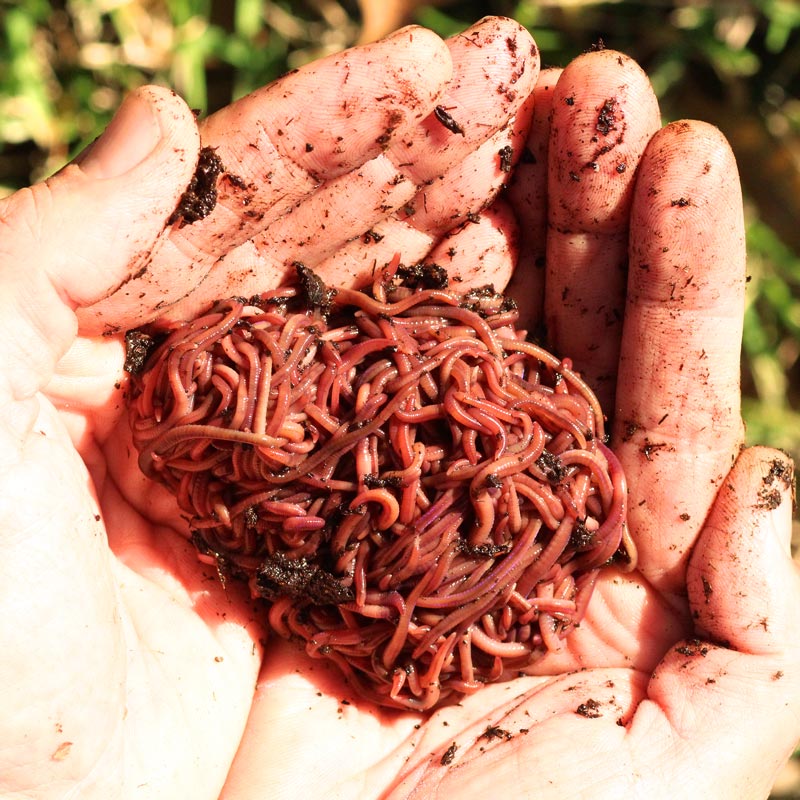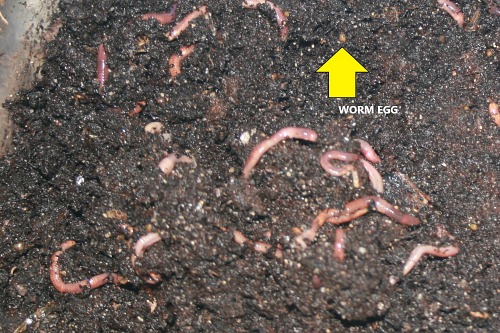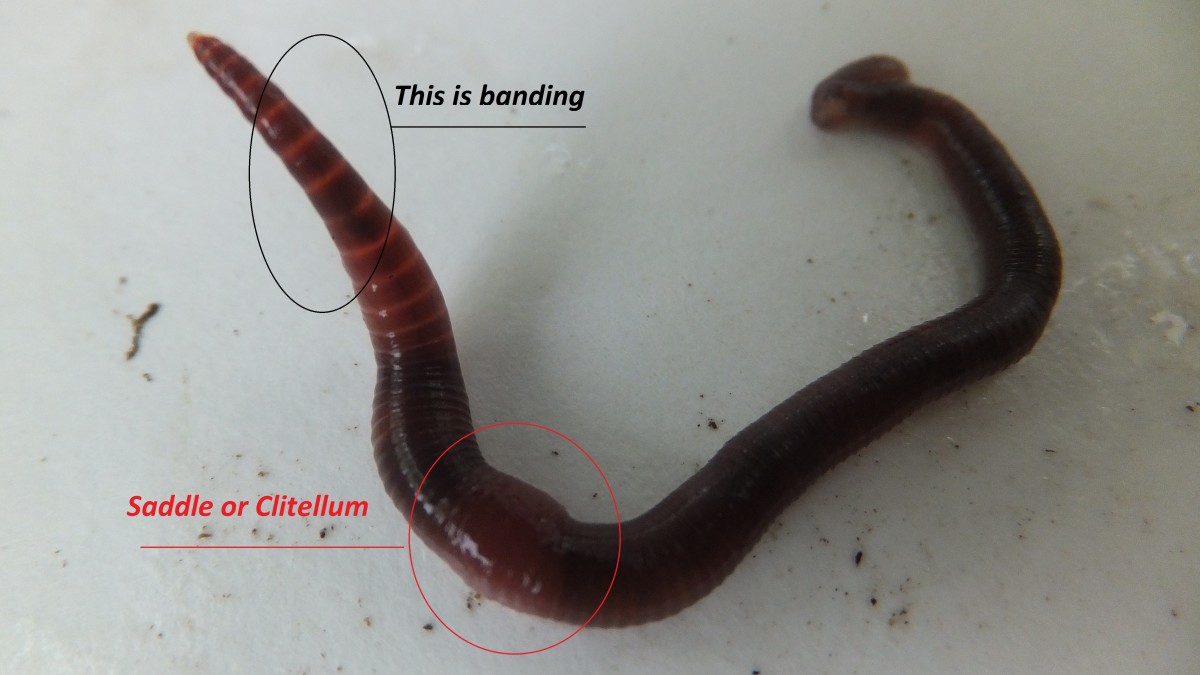The Secret to Lush Lawns Starts with Red Wiggler Express Lawn Care Services
Red Wigglers: The Unsung Heroes of Organic Waste Recycling
Red wigglers, or Eisenia fetida, serve as critical agents in the natural waste reusing procedure, changing discarded products into important vermicompost. Their efficient failure of organic matter not only enhances dirt high quality however likewise adds to sustainable waste management methods. As the globe progressively seeks services to fight waste accumulation and enhance farming efficiency, comprehending the role of these worms becomes important. What mechanisms enable them to prosper in garden compost environments, and how can they be properly used in both property and business settings? Checking out these concerns reveals the wider ramifications of vermicomposting in our environmental landscape.
What Are Red Wigglers?
The amazing resilience of red wigglers, clinically referred to as Eisenia fetida, highlights their vital duty in natural waste recycling. These tiny, reddish-brown earthworms are generally located in decaying natural matter, such as compost heap and manure lots. Lake Hickory Bait. Unlike other earthworm species, red wigglers thrive in nutrient-rich environments and are very efficient at damaging down natural materials, making them crucial for vermicomposting

(Lake Hickory Bait)Along with their role in waste reduction, red wigglers add to dirt health and wellness by boosting dirt framework and oygenation via their tunneling tasks (Lake Hickory Bait). Their presence in composting systems not only improves decay rates yet likewise promotes a lasting strategy to squander management, highlighting their importance in eco-friendly conservation initiatives
Benefits of Composting With Worms
Composting with worms, specifically red wigglers, supplies countless advantages that enhance both waste administration and dirt wellness. These worms effectively damage down organic waste, converting it right into nutrient-rich vermicompost that enhances dirt. This process speeds up disintegration, permitting a faster recycling of cooking area scraps and other natural materials contrasted to standard composting methods.
Additionally, the vermicompost created by red wigglers is teeming with valuable microorganisms, which aid enhance soil framework, aeration, and moisture retention. This improves the total health of plants, advertising strenuous development and increased returns in gardens and agricultural setups. Additionally, using worms in composting lessens the production of greenhouse gases, such as methane, adding to an extra sustainable waste monitoring system.

Just How to Begin Vermicomposting
Developing a vermicomposting system is a straightforward procedure that can produce significant advantages for both waste management and dirt enrichment. To start, choose a suitable container, such as a plastic container or wood box, with sufficient air flow openings to make sure appropriate air movement. The measurements need to ideally be about 2 feet by 3 feet, enabling ample area for the worms to flourish.
Next, prepare bed linens product, which can consist of shredded newspaper, cardboard, or coconut coir. This bed linen must be dampened to create an appropriate environment for the worms. Once the bedding is in place, introduce red wigglers (Eisenia fetida) right into the bin, commonly around one pound of worms for each square foot of surface area.
Following the positioning of worms, add natural waste, such as fruit and vegetable scraps, coffee grounds, and crushed eggshells. With these steps, you will properly launch a vermicomposting system that adds to lasting waste management and improves your soil.
Maintaining a Healthy And Balanced Worm Bin
(Red Wiggler Express)Maintaining a worm container prospering calls for routine attention and like ensure the health of the red wigglers and the efficiency of the composting procedure. Correct upkeep starts with checking the wetness degrees; the bin ought to perspire but not waterlogged. A good guideline of thumb is to maintain an uniformity comparable to a wrung-out sponge.
Oygenation is crucial. Delicately mixing the bed linens and food scraps every few weeks stops compaction and makes sure that all worms have accessibility to oxygen. In addition, it is essential to feed the worms properly. A site here balanced diet regimen of fruit and veggie scraps, coffee grounds, and crushed eggshells ought to be offered in moderation to stay clear of overfeeding, which can result in smells and pests.
Temperature level regulation is another important aspect. Red wigglers flourish in a variety of 55 to 77 levels Fahrenheit. If the container ends up being also warm or chilly, the worms may come to be stressed - Lake Hickory Bait. Periodically examine for signs of health, such as worm populace growth and the presence of healthy and balanced castings. By carefully managing these elements, one can keep a durable and effective worm bin.
Effect on Sustainable Living
The successful upkeep of a worm container not just profits the health of red wigglers however additionally adds substantially to sustainable living methods. By recycling organic waste, such as kitchen scraps and yard debris, red wigglers assist draw away considerable amounts of material from garbage dumps. This decrease in waste not only lowers greenhouse gas exhausts however additionally reduces the ecological burden connected with waste monitoring.
Moreover, the castings produced by red wigglers act as a nutrient-rich natural plant food, improving dirt wellness and advertising plant growth. This natural alternative to chemical plant foods sustains lasting farming and horticulture methods, reducing dependence on artificial inputs that can harm environments. In addition, worm composting promotes understanding of waste administration, encouraging individuals and neighborhoods to adopt even more sustainable habits.

Conclusion
In summary, red wigglers serve as vital factors to organic waste reusing with their efficient disintegration of natural products. Their capacity to create nutrient-rich vermicompost improves soil wellness and supports lasting agricultural methods. By incorporating vermicomposting right into waste management methods, people and neighborhoods can significantly minimize waste while promoting environmental sustainability. The role of Eisenia fetida in promoting healthy environments underscores the value of these organisms in attaining lasting living and boosting dirt fertility.